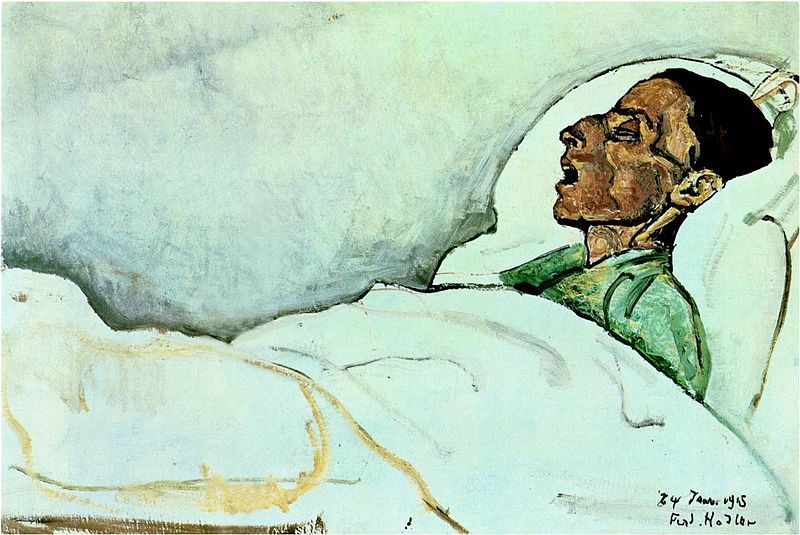
A disease is spreading rapidly across the country. Half the people who have contracted it have died, and half have recovered on their own. A crash program to ward off the epidemic has produced two serums, A and B, but there’s been little time to test them. All three of the patients who were given serum A recovered, and so did 7 of the 8 patients who were given serum B. Unfortunately, you’ve just learned that you have the disease. If you get no treatment, your chances of surviving are 50-50. Both serums have a better record than that, but which one should you take?
“There doesn’t seem to be anything we can do other than appeal to our intuitive feelings on the matter,” writes University of Waterloo mathematician Ross Honsberger. “However, a very ingenious notion, the so-called ‘null hypothesis,’ permits a measure of analysis which, in this case, yields a definite preference.”
The key is to ask how likely it is that 3 out of 3 patients would have recovered if serum A were neither helping nor hindering them. An untreated patient has a 50-50 chance of recovery, so the answer is
On the other hand, if serum B had no effect, then the chance of 7 recoveries out of 8 is
(Here the factor 8 reflects the fact that there are 8 different possible victims, and again the probability of dying is 1/2.)
So the available evidence suggests that it’s 4 times as likely that serum A has no effect as that serum B has no effect. Your best course is to take serum B.
(Ross Honsberger, “Some Surprises in Probability,” in his Mathematical Plums, 1979.)
